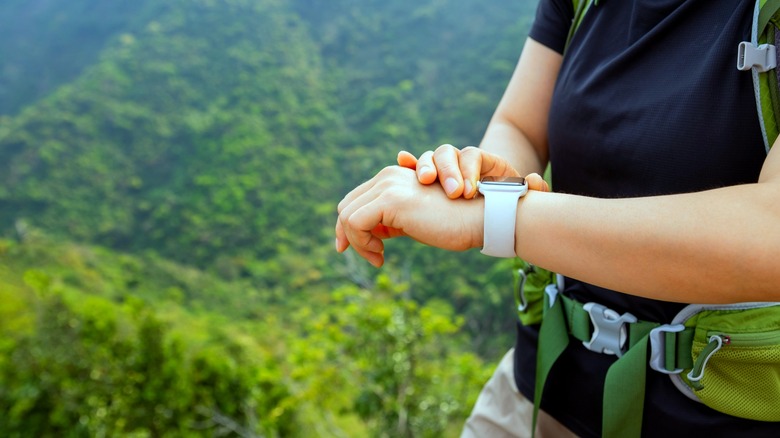Planning
Shelly Abramovich
Embarking on a solo trip is an exhilarating experience, providing an opportunity for self-discovery, independence, and unfiltered exposure to different cultures and places. Amid the excitement and feeling of empowerment, one must not overlook the importance of safety. The goal is to arrive safe, explore your destination, and return in one piece with amazing stories to tell.
There’s one thing you can do before setting off that will not only make you feel safer but also ensure you’re accounted for in case of any emergency: leave your itinerary with a trusted individual. This person can be a friend, a family member, or even the hotel concierge. This prudent step can be your lifeline, particularly when you’re thousands of miles away from home, potentially in a location where you may not know the language or customs. Cassie DePecol, a solo traveler who holds the Guinness World Record for the fastest person to visit all 196 sovereign countries, swears by this. DePecol also practices Krav-Maga self-defense and carries a GPS whenever she’s abroad.
Giving a detailed itinerary to someone you trust ensures that at least one person is aware of your whereabouts and plans. This information should include your accommodation details, travel dates, flight information, and planned activities. You could also habitually check in daily with that chosen individual while you’re away. A brief message at the end of the day could indicate to your trusted person that you’re alive and safe. They’ll sleep better, and you will, too.
Guidance for the adventurous solo traveler

lzf/Shutterstock
Sharing your itinerary becomes even more crucial when you engage in activities with a certain level of risk, such as hiking, swimming in unknown waters, or visiting remote areas. In such cases, it is recommended that you give detailed information about the trails you may be following, the estimated time of your return, and any people you may be meeting along the way.
The consequences of extreme solo travel can be risky. Nepal, home to eight of the world’s tallest mountains and a mecca for hikers, recently banned solo trekkers across the country. Anyone who hopes to trek in Nepal must join a hiking group or hire a government-licensed guide. There have been instances where lone travelers in remote areas have gone missing or been found deceased, and even the government’s search and rescue rangers could not locate them. Between 2019 and 2020, nearly 1% of solo hikers who visited Nepal did not return home. That number may not seem like much, but one in a hundred people is one too many.
However, if you plan to undertake a solo vacation on the road less traveled, you should consider investing in a GPS tracker or an AirTag to bring along with you. That way, someone back home or locally you trust could know and follow your exact whereabouts down to the precise coordinates. If you get lost or, worse, face an emergency, this little nifty gadget could save your life.
Step into solo travel safety

rjankovsky/Shutterstock
Whether you’re a solo traveler or traveling in a group, registering for the US State Department’s Smart Traveler Enrollment Program (STEP) is a wise move. This free program allows the embassy to reach you, no matter where you are, in case of an emergency such as a natural disaster, civil unrest, or even a crisis back home. In general, but especially for a solo trip, checking international travel resources and researching crisis management tips, emergency protocols, and issued travel advisories before your departure is a good idea.
Amid the 2022 political crisis in Peru, several American tourists were stranded around Machu Picchu due to train services being suspended as a result of protesters blocking the tracks. The Peruvian government declared a national emergency due to the violent nature of the protests against the controversial President Pedro Castillo. The US Embassy and the Peruvian government evacuated the most vulnerable tourists via helicopters to manage the situation. They helped other stranded travelers in the surrounding areas with their departures from the country. This is the lifesaving STEP program in action.
While the allure of solo travel lies in the thrill of the unknown and the excitement of making spontaneous decisions, safety should always be the top priority. Keeping trusted people and government agencies in the loop about your travels can make all the difference between feeling apprehensive about your solo adventure and confident that you’ve taken an important step to protect yourself.

